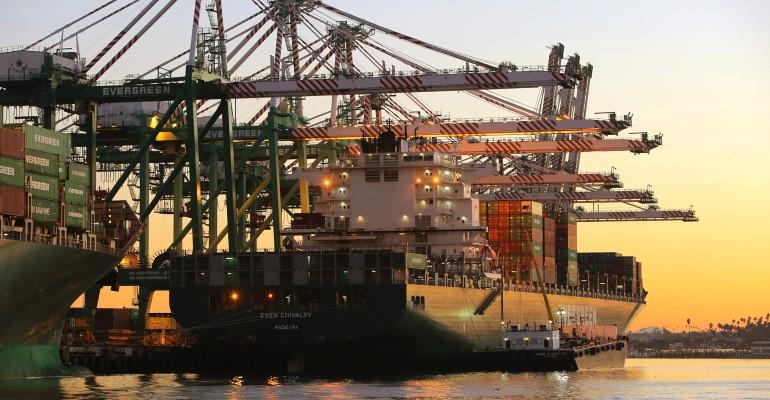According to the latest McCown report, March’s falling figures compare to a 27.6% drop in February. Looking to previous years, March volumes were up 3.3% on-year in 2022, and 67.7% up on-year in 2021. The jump in volumes in March 2021 was a record at the time, said the report; it followed a 15.0% drop in volumes at the pandemic’s outset in March 2020, setting up a sharper spike as pandemic-induced consumer demand rose.
McCown’s figures cover the 10 largest US ports and tally with a recent report from the Port of Long Beach, which experience a 34.7% decline in import volumes in the first quarter 2023, which it attributed to higher retailer inventories and lower consumer spending.
McCown said that West Coast ports—including Long Beach—were weaker than the national average with a 35.4% decline in import volumes, while ports on the East and Gulf coast experienced a 28.8% drop.
Distorting effects on March figures include the Lunar New Year, which moves on a three-year rotation and heavily impacts Chinese exports. The ongoing West Coast labour dispute also influences the market, pushing volumes Eastward.
“The tough comparisons to what were unprecedented year over year increases two years ago is now in effect producing the unprecedented year over year decreases and this will continue for a few more months at least,” said McCown.
Long Beach’s claim that lower volumes were down to higher inventories is supported by a 9.1% increase in February 2023 business inventories compared to 2022, according to the April census. That figure was an improvement on the 11.1% year over year increase for January, suggesting the situation is at least not getting worse.
“Some or much is invariably related to inventory adjustments as [inventory levels] are still higher than normal. Similarly, comparisons against months with non-recurring volume distort some of the usual measures. The US is clearly in a freight recession but it is too early to tell if that foretells a broader economic recession,” said McCown.
“The inevitable question is how much of the March weakness is related to consumer purchases during the pandemic that in effect front-loaded purchases that would have been made now and how much is underlying overall economic weakness? I cannot answer that, but would note that the more months where metrics bridging the pandemic era show a big variance to historical norms, the more the latter becomes apparent,” he added.
Copyright © 2024. All rights reserved. Seatrade, a trading name of Informa Markets (UK) Limited.
Add Seatrade Maritime News to your Google News feed.  |

